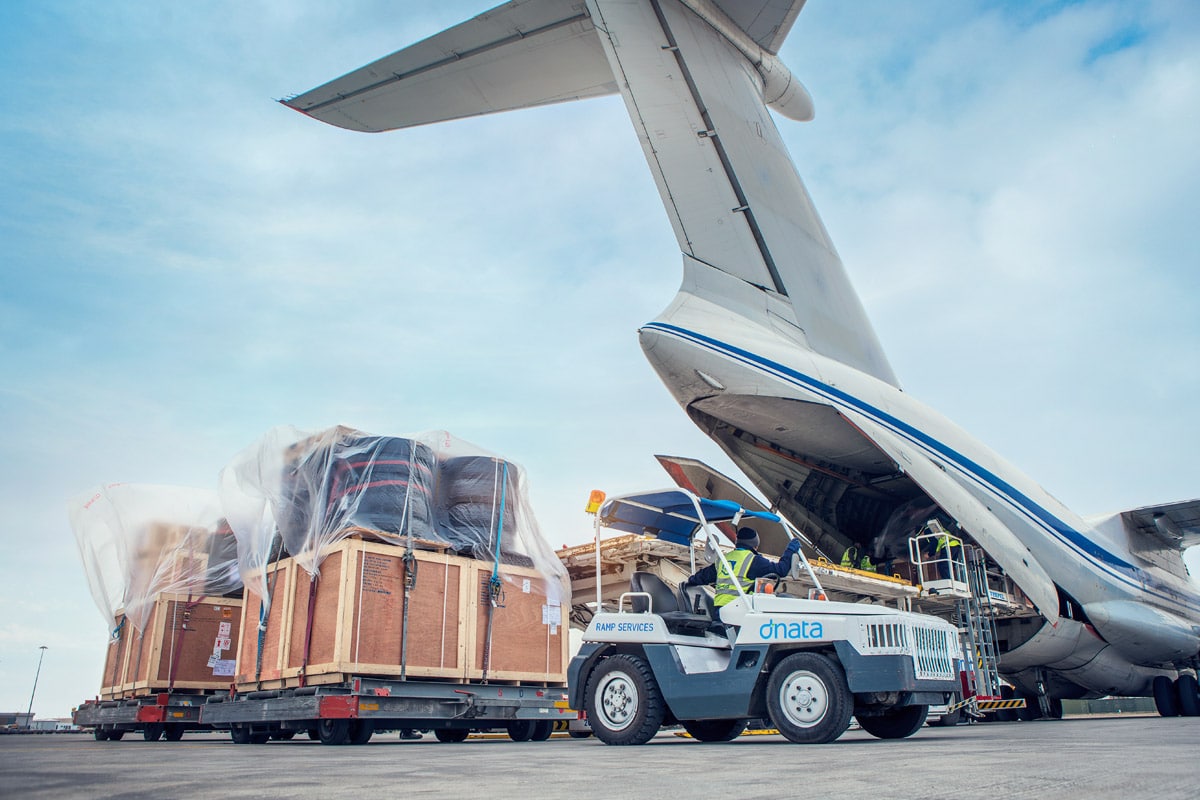
Ever wondered what makes airports tick? From the moment you check in to the time your plane takes off, a lot happens behind the scenes. Airport operations are a complex ballet of logistics, technology, and human effort. Did you know that some airports handle over 200,000 passengers daily? Or that the world's busiest airport, Hartsfield-Jackson Atlanta International, sees over 100 million passengers annually? Air traffic controllers manage thousands of flights each day, ensuring safety and efficiency. Baggage handling systems can process thousands of bags per hour, while ground crews refuel and service planes in record time. Curious about how all these elements come together? Let's dive into 14 fascinating facts about airport operations that will leave you amazed.
Key Takeaways:
- Airport operations are complex, involving air traffic control, baggage handling, and security measures to ensure safe travel for passengers. From runway designations to environmental efforts, airports strive to make the travel experience smooth and sustainable.
- Behind-the scenes operations like aircraft maintenance, fueling, and de-icing are crucial for safe flights. Passenger services, such as lounges, duty-free shops, and airport hotels, aim to enhance the travel experience. Airports are also focusing on sustainability with green buildings and carbon offset programs.
The Complexity of Airport Operations
Airports are bustling hubs of activity, with countless operations happening simultaneously. From security checks to baggage handling, each process is crucial for smooth travel. Let's explore some fascinating facts about how airports function.
-
Air Traffic Control (ATC) Towers: ATC towers are the nerve centers of airports. Controllers manage aircraft movements on the ground and in the air, ensuring safe takeoffs and landings. They use radar, radios, and computers to track planes and communicate with pilots.
-
Runway Designations: Runways are numbered based on their magnetic compass heading. A runway numbered 09 points east (90 degrees), while 27 points west (270 degrees). This system helps pilots align correctly during takeoff and landing.
-
Baggage Handling Systems: Airports use complex conveyor systems to transport luggage from check-in to the aircraft. These systems can include miles of belts, scanners, and sorting machines to ensure bags reach the correct flight.
Security Measures and Passenger Safety
Security is a top priority at airports. Various measures are in place to protect passengers and staff. Here's a look at some key security facts.
-
TSA Screening: The Transportation Security Administration (TSA) screens passengers and their belongings to prevent prohibited items from boarding planes. This includes X-ray machines, metal detectors, and pat-downs.
-
Canine Units: Trained dogs are used to sniff out explosives and drugs. These canine units patrol airports and can detect even trace amounts of dangerous substances.
-
Biometric Scanning: Some airports use biometric technology, like facial recognition and fingerprint scanning, to verify passenger identities. This speeds up the check-in process and enhances security.
Behind-the-Scenes Operations
Many critical operations happen behind the scenes at airports. These processes ensure everything runs smoothly, even if passengers don't notice them.
-
Aircraft Maintenance: Planes undergo regular maintenance checks to ensure they are safe to fly. This includes inspecting engines, checking for structural damage, and testing avionics systems.
-
Fueling Operations: Refueling aircraft is a precise task. Fuelers must calculate the correct amount of fuel based on the flight's distance, weight, and weather conditions. This ensures the plane can reach its destination safely.
-
De-icing Procedures: In cold weather, planes need de-icing to remove ice and snow from their surfaces. Special trucks spray heated glycol-based fluids on the aircraft to prevent ice buildup, which can affect performance.
Passenger Services and Amenities
Airports strive to make the travel experience as pleasant as possible. Various services and amenities are available to passengers.
-
Lounges: Many airports offer lounges where passengers can relax before their flight. These lounges often provide comfortable seating, free Wi-Fi, snacks, and beverages.
-
Duty-Free Shops: Duty-free shops sell goods without local taxes, offering travelers a chance to buy items like perfumes, alcohol, and electronics at lower prices.
-
Airport Hotels: Some airports have hotels within or nearby the terminal. These hotels cater to travelers with long layovers or early morning flights, providing a convenient place to rest.
Environmental and Sustainability Efforts
Airports are increasingly focusing on sustainability and reducing their environmental impact. Here are some efforts being made.
-
Green Buildings: Many airports are constructing energy-efficient terminals with sustainable materials. These buildings often feature solar panels, rainwater harvesting systems, and energy-efficient lighting.
-
Carbon Offset Programs: Some airports offer carbon offset programs, allowing passengers to offset the carbon emissions from their flights. This can involve investing in renewable energy projects or reforestation efforts.
Final Thoughts on Airport Operations
Airport operations are a fascinating blend of precision, coordination, and technology. From the moment you check in to the time your plane lands, countless processes ensure safety and efficiency. Ground crews, air traffic controllers, and security personnel all play vital roles. Understanding these behind-the-scenes activities can make your travel experience smoother and more enjoyable.
Next time you're at an airport, take a moment to appreciate the intricate dance of logistics and human effort. Whether it's the baggage handlers swiftly moving your luggage or the air traffic controllers guiding planes, every detail matters. Knowing these facts not only satisfies curiosity but also highlights the complexity of modern air travel.
So, next time you fly, remember the incredible teamwork and technology that make it all possible. Safe travels!
Frequently Asked Questions
Was this page helpful?
Our commitment to delivering trustworthy and engaging content is at the heart of what we do. Each fact on our site is contributed by real users like you, bringing a wealth of diverse insights and information. To ensure the highest standards of accuracy and reliability, our dedicated editors meticulously review each submission. This process guarantees that the facts we share are not only fascinating but also credible. Trust in our commitment to quality and authenticity as you explore and learn with us.


